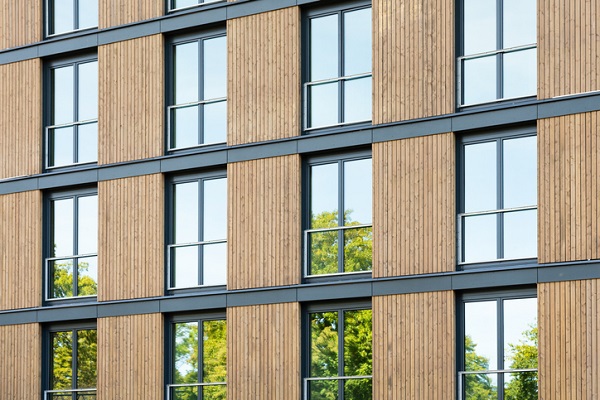Building and construction authorities release carbon emission reduction guide

The emissions guide, released by Green Building Council of Australia (GBCA) and Lendlease, highlights that 25% of a typical building’s emissions occur because of the emissions and the products and materials used during construction, and these emissions can’t be undone.
“It was just five years ago that we were only focused on reducing the operational carbon of an asset. As the grid continues to decarbonise, projects like Quay Quarter Tower show us that it is possible to reduce the emissions from construction, and there is value in redeveloping existing assets,” GBCA chief executive Davina Rooney says.
“Lendlease’s project team for 25 King Street in Brisbane made impactful decisions in the design phase to swap out materials like concrete and steel, for low carbon options like engineered timber, resulting in upfront emissions savings of almost 40%.
“Reducing our upfront emissions on future projects will have a material impact on reducing climate change, will create benefits for investors who are looking for assets with a clear decarbonisation pathway and will help to achieve Australia’s decarbonisation goals.”
With Australia’s upfront carbon emissions predicted to balloon from 16% to 85% of overall building emissions by 2050, the GBCA and Lendlease guide to upfront carbon shows how projects can find, reduce and report on upfront carbon through the different lifecycle stages. It can also spell out the business case for projects to reduce their upfront emissions.
Lendlease head of sustainability Australia Ann Austin says its construction business plays a key role in two core aspects of the company’s ‘Mission Zero’ journey, phasing out the use of fossil fuels in construction and eliminating upfront embodied carbon in our building materials.
“While we’ve delivered 26 engineered timber buildings globally, our research shows more needs to be done to decarbonise steel, concrete and aluminium, the three leading materials that typically contribute to more than 70% of a building’s embodied carbon footprint,” Ann says.
“This guide will play an important role in supporting customers, supply chain and the broader industry to overcome barriers, collaborate and accelerate radical industry transformation to support a 1.5°C future.”
